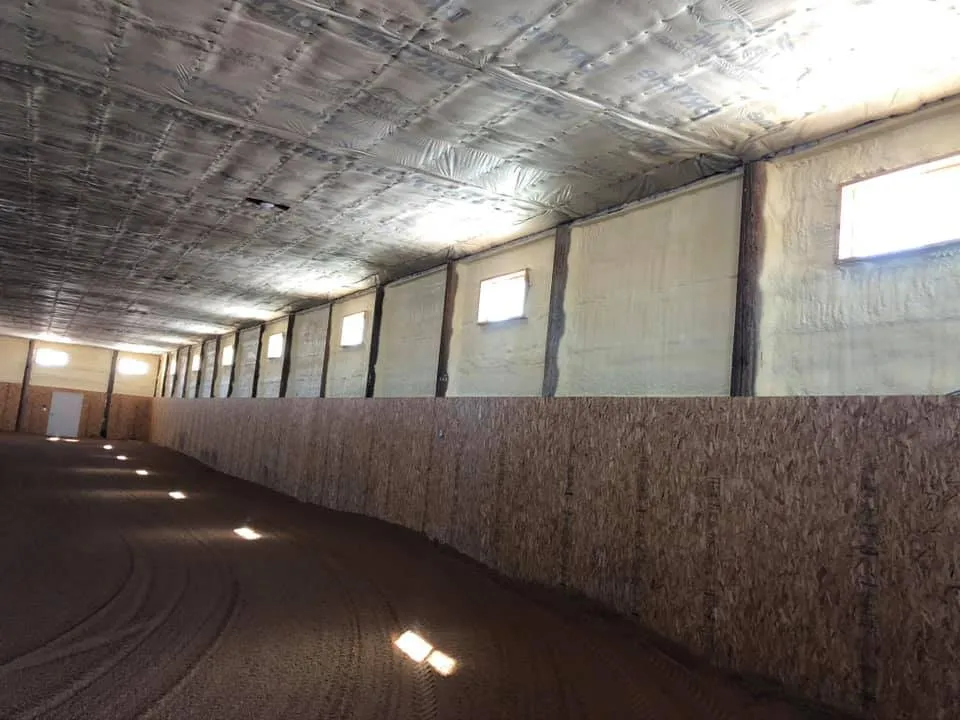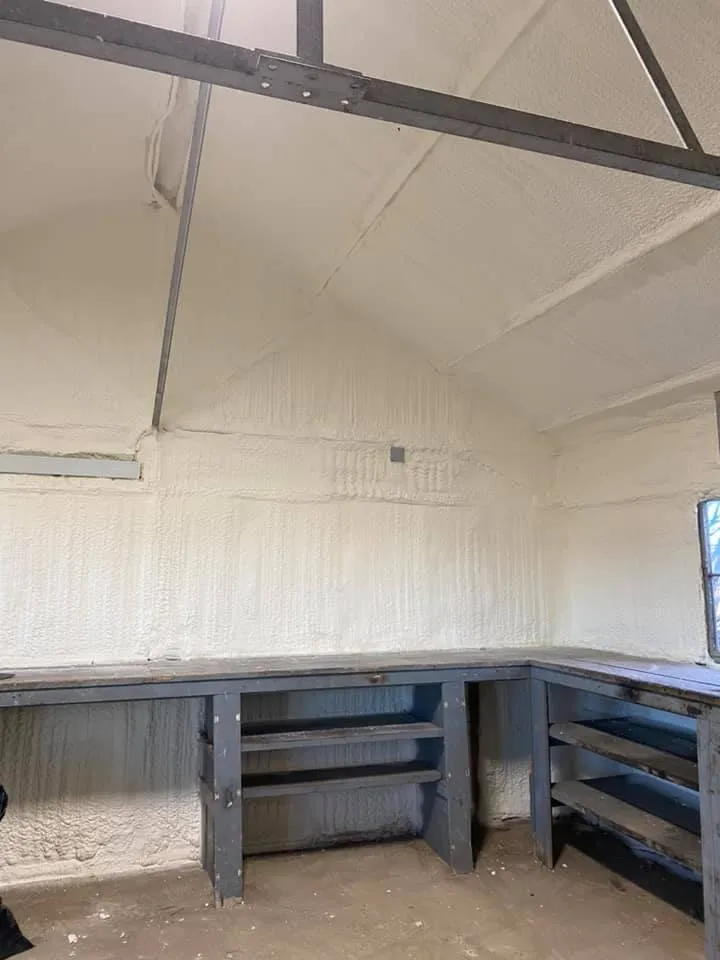

Spray foam offers more than insulation value. Beyond its thermal resistance, it improves structural integrity, reduces moisture intrusion, and enhances indoor air quality by sealing gaps and cracks. These benefits lead to greater comfort, longer building lifespan, and reduced strain on heating and cooling systems.
Experienced installers know that the performance of spray foam depends on material selection and application quality. Open cell and closed cell foams deliver different advantages, and their suitability varies by climate, building type, and intended function. This article outlines these differences and the added advantages spray foam brings beyond its primary purpose.
| Feature | Open Cell Spray Foam | Closed Cell Spray Foam |
|---|---|---|
| R-Value per Inch | ~3.5 to 3.7 | ~6.0 to 7.0 |
| Moisture Resistance | Moderate – vapor permeable | High – vapor barrier |
| Sound Absorption | High | Moderate |
| Structural Strength | Low | High – adds wall rigidity |
| Flexibility | High – adapts to movement | Lower – rigid structure |
| Typical Use Cases | Interior walls, sound control | Exterior walls, roof decks, moisture-prone areas |
| Specification | Open Cell Spray Foam | Closed Cell Spray Foam |
|---|---|---|
| Density (lb/ft³) | 0.5 | 2.0 |
| Water Vapor Permeance (per inch) | 16 perms | <1 perm |
| Tensile Strength (psi) | ~5 | ~30 |
| Air Leakage Reduction | Up to 99% | Up to 99% |
| Expansion Rate | 100x liquid volume | 30-40x liquid volume |
| Service Temperature Range (°F) | -200 to 180 | -200 to 200 |
1. Structural reinforcement Closed cell spray foam bonds to framing and sheathing, adding stiffness to walls and roofs. This can improve wind uplift resistance, which is valuable in high-wind or snow-load regions.
2. Condensation control In mixed or cold climates, spray foam reduces temperature differentials within wall assemblies, lowering the risk of interstitial condensation.
3. Pest deterrence By sealing entry points, spray foam makes it harder for insects and rodents to access living spaces.
4. Indoor air quality improvement Air sealing limits the infiltration of pollen, dust, and outdoor pollutants.
Bonus Tip: For agricultural buildings, closed cell spray foam provides both insulation and moisture control, protecting feed, equipment, and livestock areas from mold growth.
Bonus Tip: In unvented attic applications, confirm that the roof covering manufacturer’s warranty allows direct application of spray foam to the underside of the roof deck.

Properly applied spray foam can last the life of the building, maintaining insulation and air sealing properties.
Yes, but only if the existing insulation does not interfere with adhesion or cause moisture trapping.
Once cured, spray foam is inert and does not emit harmful fumes.
Spray foam offers insulation value along with structural, moisture, and air quality benefits. The choice between open and closed cell should be based on climate, building function, and long-term performance goals. Selecting the right material and ensuring correct installation determines how well these hidden benefits are realized.
For professional guidance and installation services, contact High Country Solutions at [email protected] or call (307) 248-9063.
Closed cell retains R-value and structural integrity with minimal shrinkage; open cell maintains air sealing but may settle slightly in extreme conditions.
Yes, damaged areas can be cut out and re-sprayed without removing entire sections.
Closed cell typically does not; open cell may require one in cold or mixed climates.
Energy efficiency, comfort, and durability benefits can appeal to buyers, especially in regions with high heating or cooling costs.
Properly sealed buildings may require smaller heating and cooling equipment, lowering operational costs.


